In this new series called The Perfect Defensive System,we invite you the reader to contribute posts on what you think is the best defensive system. This defensive system doesn’t need to be something which has already been implemented,it can be something from you imagination or from your tactics in Football Manager. So if you think you are better than Jose Mourinho at parking the bus,then send in your contributions to thefalse9@gmail.com.
I wrote an article a few weeks ago, which looked to combine Totalfootball’s high pressure and the more modern Gegenpressing, (counter pressing). In this article I will look to go into more detail about the Gegenpress aspect of the system. As before, if you have any queries, feel free to leave them in the comments and I will definitely reply! Any feedback is good feedback!
The moment the ball is lost, the team will use a high pressure in an allotted time in order to try and win the ball back, (the time given to press high will be dictated based on the skill level of our team). If the ball has been won within that time, then with possession we can penetrate or look to retain possession. However, if the ball has not been won back after the time given, the team will begin the Gegenpressing, (counter press), part of the defensive system.
The moment the time given to press high has ended, the team will press to delay. Still pressing the opposition, the team will instead use a medium pressure, meaning they will come to within 2-3 yards of the opposition. There is no allocated time for this type of pressure, but two simple objectives. Firstly, if possible, win the ball back! This could be because of a poor pass, an interception etc; the triggers to change from medium pressure to high pressure include a poor pass. The second, and more important objective for the system, is to send the ball back into the opposition’s defensive third. The team will only stop using a medium amount of pressure once this has been accomplished. Whilst the team use a medium press, they will also be changing formation: into one of two forms of a 5-3-2, depending on how many players are in the opposition’s forward line. I will now show these two formations and go into a bit more detail about them both, including when to use which and why:
LIB=Libero
IF=Inside Forward
CDM=Centre Defensive Midfielder
CAM=Centre Attacking Midfielder
LWB=Left Wing Back
RWB=Right Wing Back
GK=Goalkeeper
The players circled are those who would be involved in winning the ball back if the ball is transferred into our defensive third when the opposition are in possession. When we are in this situation, the team will have a definite overload when looking to win the ball back in our defensive third: 7 vs 3/4/5.
LIB=Libero
IF=Inside Forward
CDM=Centre Defensive Midfielder
CAM=Centre Attacking Midfielder
LWB=Left Wing Back
RWB=Right Wing Back
GK=Goalkeeper
By the opposition having less forwards in their forward line, we are able to sacrifice one centre defensive midfielder and instead push him up into centre attacking midfield. By the opposition having one less player in their forward line, then they will have more players defensively. As a result of this, we need to push this holding midfielder into a more advanced position in order to combat this extra opposing defender. Also, we will still have an overload if we need to win the ball back in our defensive third: 6 vs 2/3/4.
Next up, I will explain ‘The Tilt’, an element of the Geggenpress that will be used once the team have successfully pressed the opposition to delay, using medium pressure, and the ball is in the opposition’s defensive third as well as being in one of the above formations, (based in how many forwards in the opposition’s forward line). Firstly, it is very important that the whole team are set up in one of the formations in the MIDDLE THIRD. What this does is reduce the amount of running the players have to do when pressing the opposition when the ball gets into the middle. Now, I will highlight the key principles of ‘The Tilt’, showing how it will work in different circumstances, and how the team will set up.
So, the principles are:
-‘The Tilt’ can only be used if the ball is in the opposition’s defensive third, (hence the medium pressure).
-‘The Tilt’ will only show space directly in front of the player with the ball.
-The Inside Forward who’s on the side where the ball isn’t begins the tilt. NO ONE ELSE!!
-Every player, apart fro the goalkeeper, must shape their body so that they’re facing both the opponent on the ball and the space shown for the player on the ball to dribble into.
I will now show you what ‘The Tilt’ looks like in practice:
As you can see, the team are set up in the middle third of the pitch, using two holding midfielders due to the opposition’s front line having three players. As you can see, the left Inside Forward does not have the ball on his/her side. Therefore, they start the tilt. This creates a chain reaction, with all players on the left side, and the three midfielders tilting, to create this new picture:
By the opposition’s left sided centre back being in possession, in the defensive third, it is the left Inside Forward who has to tilt, causing the left Wing Back to also tilt. Therefore the left sided Libero has also got to tilt in order to prevent the opposition’s centre forward, (yellow), having too much space. In the midfield, the holding midfielders and attacking midfielder simply change their body position to face the player on the ball and the space we want the player to move into. (Look back to principles of ‘The Tilt’).
‘The Tilt’ can be done in any given situation as long as the ball is in the opposition’s defensive third. However, when teams look to pay quickly between the defensive and middle third, it is hugely important that the team are cohesive and are able to tilt correctly otherwise teams will be able to literally carve them open!
So, the team have successfully sent the opposition backwards due to medium pressure, meaning the ball is in the opposition’s defensive third. Then they have set up in one of the two required formations, and have tilted correctly based on which player in the defensive third is on the ball. Next, we need to look at what to do once the ball is transferred into the middle third…
For this, the rule is very simple: THE TWO NEAREST PLAYERS TO THE OPPONENT WITH THE BALL MUST PRESS. For example, if the right sided Inside Forward and the Right Wing Back are the two players closest to the opponent with the ball, they press. Of course, there is a high chance they will be leaving players who they were previously marking. Therefore, it is crucial that the other players in their unit, (the defensive unit, the midfield unit and the offensive unit), are able to get across to cover space or mark a player previously being marked by a player who has gone to press. I like to think of each unit being linked together by an invisible chain, if one man goes to press they will be pulling the other players along in their unit to cover space or mark a player. If no player in a unit needs to press, as none of them are close to the opponent with the ball, then they follow the principle of shaping their body shape to the opponent on the ball. Therefore, in this situation, no midfielder has to press, meaning they simply shape their body to face the opponent with the ball. Here is an example:
With the opposition’s left back having the ball in the middle third, it is our right sided Inside Forward and Right Wing Back who are the two players closest to the ball. Therefore, they will go and close the opponent down, whilst the other players in the defensive and attacking units move across due to the invisible chain, whilst the midfielders adjust their body to face the opposing left back, so that the team look like this:
(The lines represent the chains within the units)
The defensive unit have moved across, so that the right sided Libero is now marking the opposition’s left winger, causing the rest of the unit to move across. This is the same for the left sided Inside Forward, who has to move across to cover the player previously being marked by the other Inside Forward, (who has gone to press the player in the ball). Finally, the midfield simply change their body shape to face the left back. Again, this can be done anywhere in the middle third, as long as the following is remembered:
-The two players closest to the opponent on the ball press, as long as the ball is in the middle third.
-The other players in a unit who has had a player who has gone to press must move across to cover a player or space previously being marked/covered by a player who has gone to press: THINK OF THE CHAINS WITHIN THE THREE UNITS!!!
So what happens if, despite the high pressure into the midfield, the opposition are still able to transfer the ball from the middle third and into the attacking third? Well, looking back to the two formations from before, (the two variations of the 5-3-2), we will have an overload of either 7 vs 3/4/5 (5-3-2 with two holding midfielders) or an overload of 6 vs 2/3/4 (5-3-2 with one holding midfielder). Therefore, we will be able to again implement a high pressure to win the ball back as quickly as possible in our defensive third.
The Geggenpress element of the defensive system can be wrote out like so:
1. Reorganise into Geggenpress formation. (Two holding midfielders or one depending
on he any payers are in the opposition’s forward line.
2. For this to work, the opposition must have the ball in their defensive third; if this is
not the case, the team must keep using a menu pressure, (press to delay), until this
has been accomplished.
3. If the ball is now in the opposition’s defensive third, one of two things can happen:
i. If the opposition look to quickly transfer the ball from the defensive third and into the
middle third WE DO NOT TILT. Instead, set up in the required Geggenpress formation
and wait for the ball to come into the middle third, then use a high press to win the
ball back.
ii. If the opposition look to play slower into the middle third, we tilt.
4. Firstly the Inside Forward whose side the ball isn’t on, will make an arched run, just
about getting into the opposition’s defensive third.
5. The Wing Back who is on the same side as the Inside Forward who has tilted will
also make an arched run, (although his/her’s will be straighter). These two runs
reduce the amount of space the opposition have to work in, meaning really the
only space available to move into in the middle third is straight in front of the player
in possession.
6. Midfield unit also adjust their body shape so they’re facing the man on the ball and
the space in front of the opponent on the ball.
7. The ball should now be in the middle third. If the ball has been passed to another
opponent in the defensive third, we re-tilt using the principles from above. Being
compact in the middle third means we can press and reorganise quicker, meaning
it is more efficient as we are using less energy. Once the ball is in the middle third,
USE A HIGH PRESS!!
If you’re still here after all this, then firstly I applaud you! Secondly, as I said at the beginning of the article, then feel free to leave any comments, suggestions, queries or feedback and I will definitely get back to you!

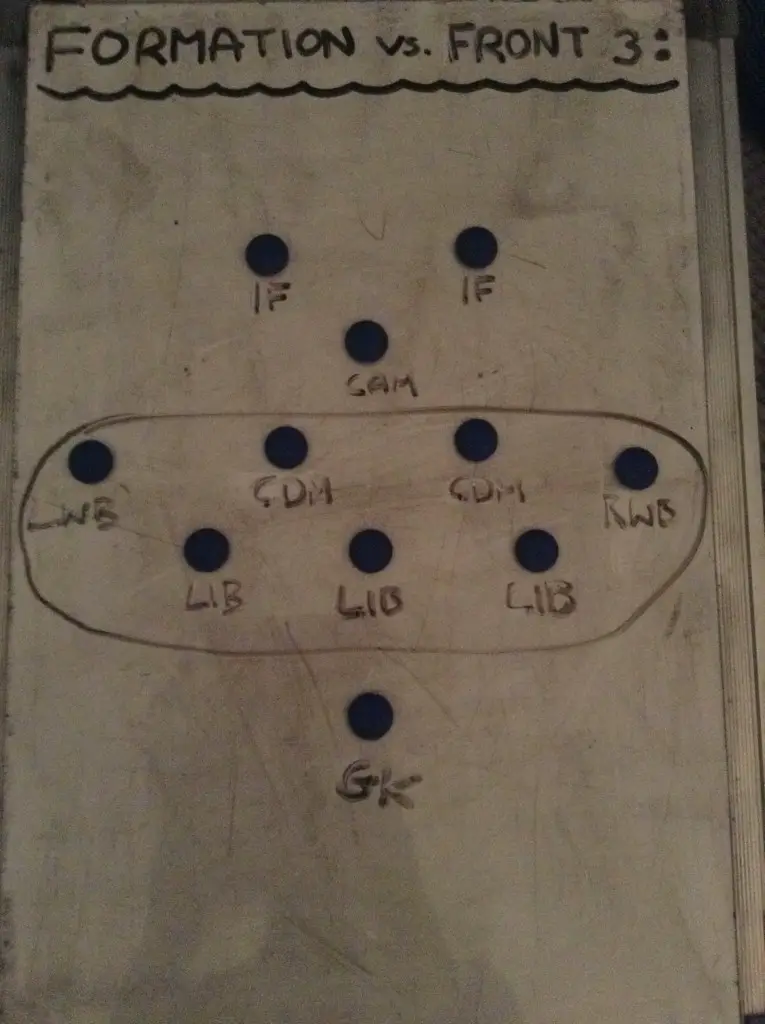
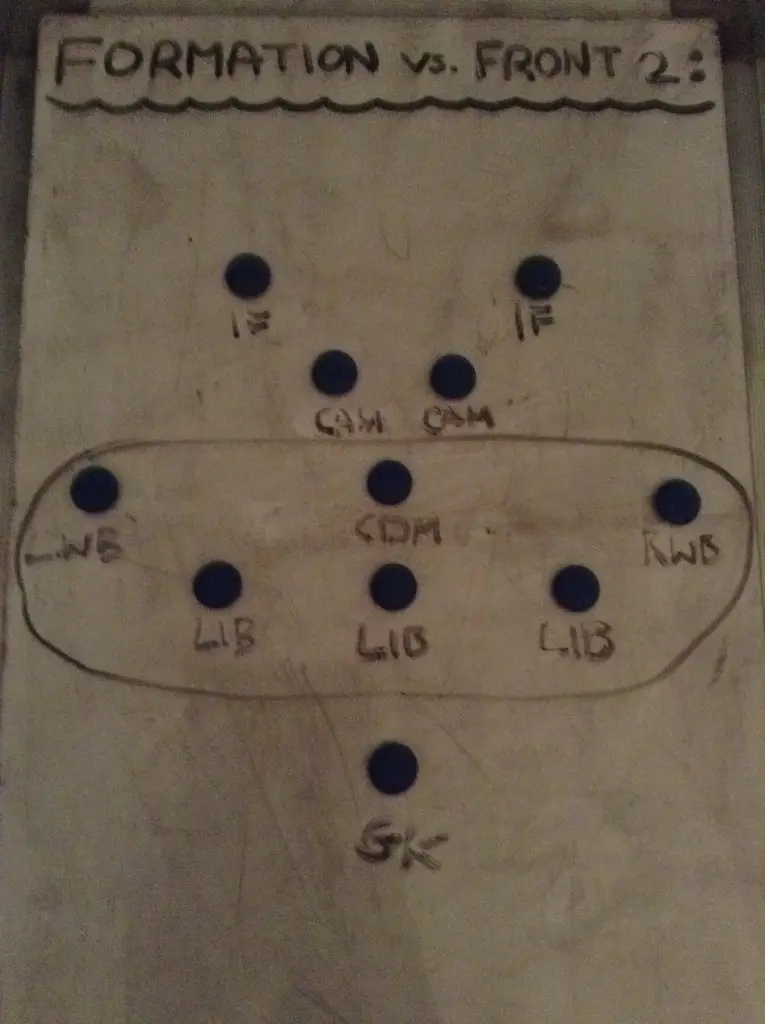

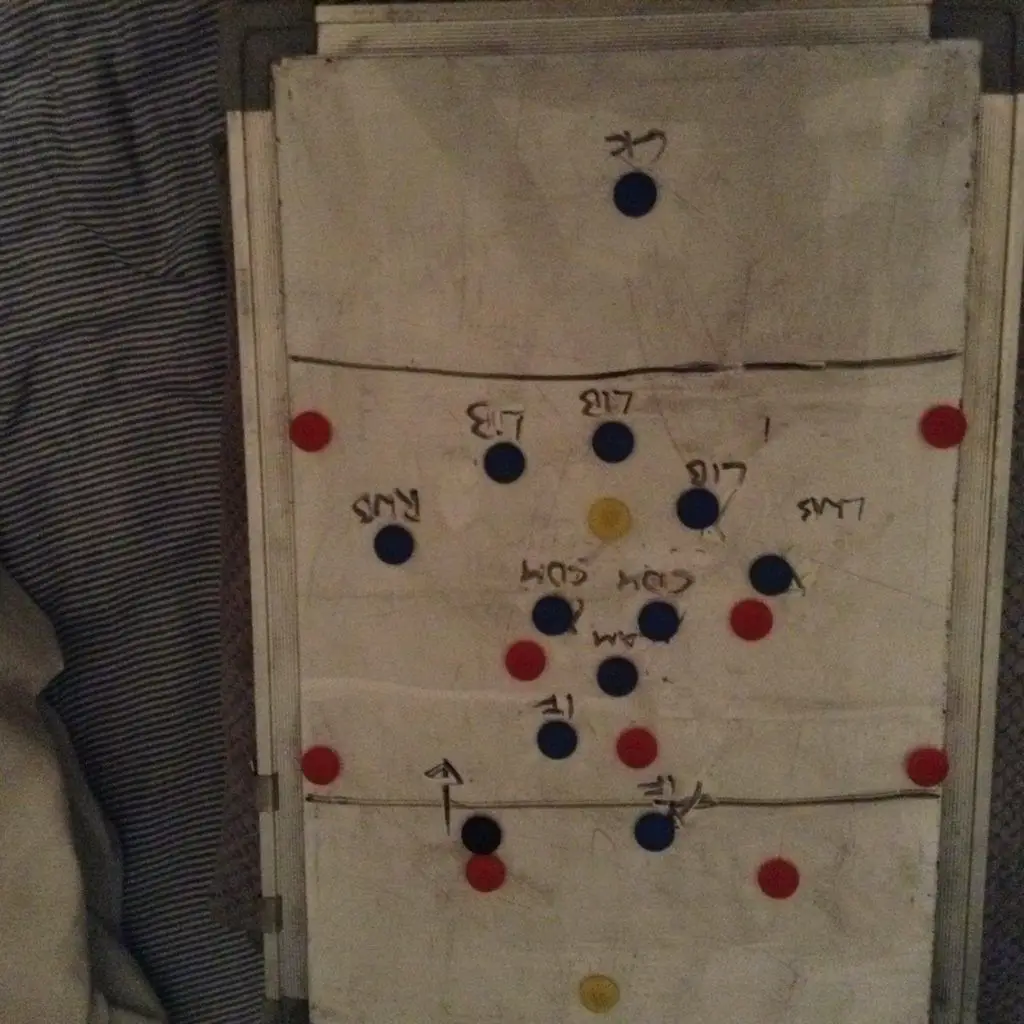






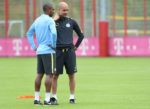
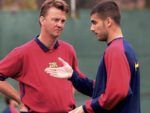

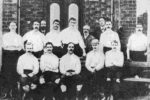
5 Responses
let’s talk personnel what players do you have in mind because a cultured CB’s are hard to find if you exclude converting DMF into CB like Barca, you’ll have to raid ajax’s youth setup
Hi, the modern centre back would be a David Luiz, a Jerome Boateng kind of player, (they’re the prototype!!). However, in order for this system to work, then a lot of work will have to be done with youth in order to make players more technically able. As you have mentioned Ajax, and with them being pioneers in youth development, they are an example as a club who can already develop technical players in all positions. Jan Vertonghen springs to mind as a player who would be able to fulfil the duties of a centre back in my proposed defensive system.
Hi Alex, Sorry for the late reply.
This article has cleared the concepts of tilt. It is an amazing idea. Thanks for your efforts in drafting this article.
Keep it up Alex!!